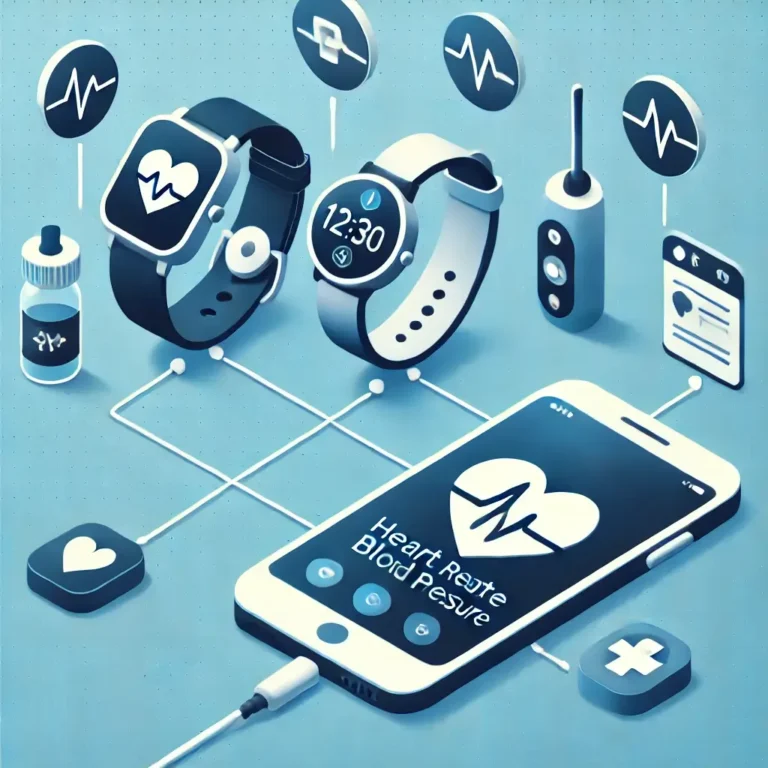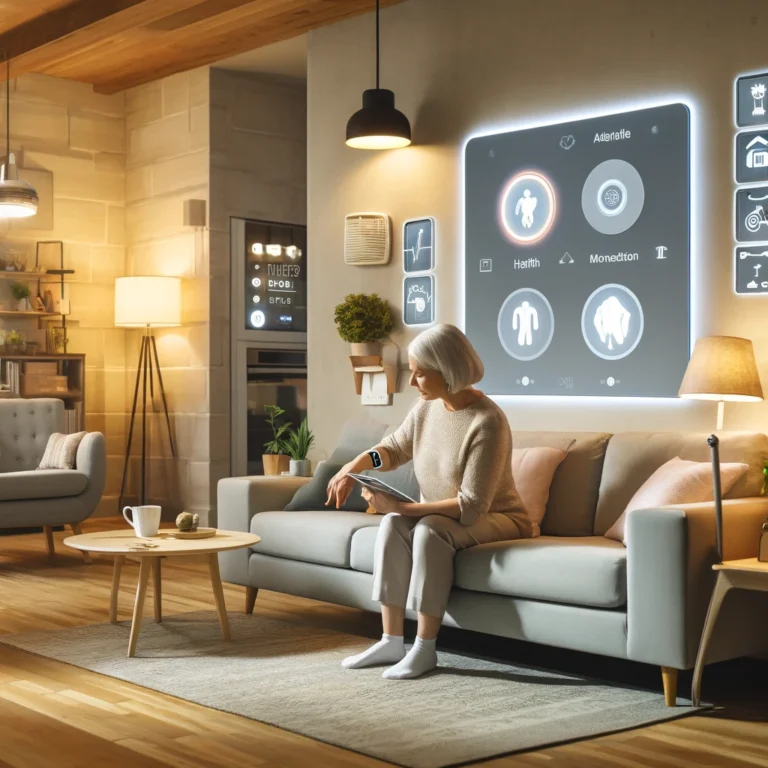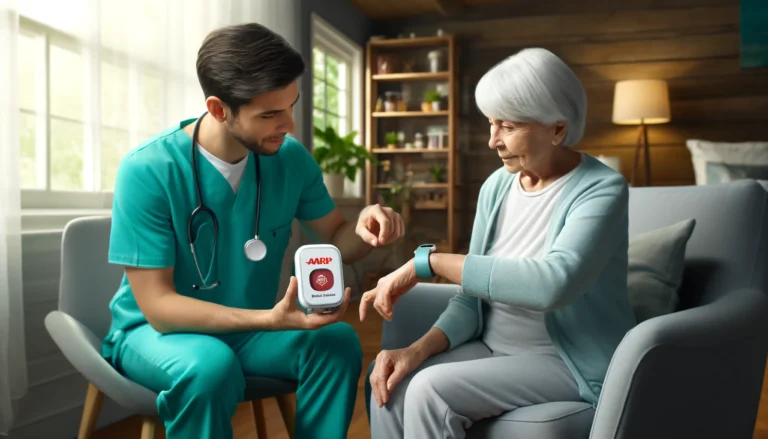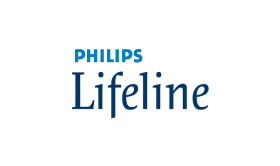AI Applications: Predictive Analytics and Health Forecasting
Examples of Predictive Models
Research highlights how Personal Emergency Response Systems (PERS) use AI to predict emergencies, such as hospital transports, by analyzing patient data and patterns. Algorithms identify risk factors like irregular heart rates or decreased mobility, which are linked to falls or cardiovascular events.
How Predictive Analytics Works
Machine learning models analyze real-time and historical patient data, including vitals and past incidents, to detect deviations that may signal an upcoming emergency. When patterns—like a sudden heart rate spike—align with previous critical events, the system triggers alerts, allowing for timely intervention.
Challenges and Cons of AI in Healthcare Systems
Data Privacy Concerns
Constant monitoring with AI systems raises privacy risks, as sensitive health data is continuously collected and stored. Ensuring secure data handling and compliance with privacy regulations is essential to protect user information from breaches and misuse.
Dependence on Technology
Over-reliance on AI poses risks like system failures or incorrect alerts, including false positives or negatives. Such issues can lead to either unnecessary panic or missed critical emergencies, highlighting the need for robust backup systems and manual oversight.
Bias in AI Algorithms
AI algorithms can be biased if not trained with diverse datasets, leading to inaccuracies in predictions across different demographic groups. Ensuring representation in training data is crucial for developing AI systems that provide accurate and equitable healthcare solutions for all users.
Future Trends: The Integration of AI and Medical Alert Systems
AI Elderly Care Solutions
Emerging trends include AI-enabled wearables designed for elderly care, integrating with smart home systems for enhanced monitoring. These devices track health metrics while interacting with home sensors, creating a comprehensive safety net that detects emergencies and daily activity patterns to ensure well-being.
Medical Monitoring Services
Medical alert services are advancing beyond emergency alerts, incorporating AI to provide continuous wellness monitoring. These systems track overall health patterns—like sleep quality, physical activity, and vital signs—offering proactive insights and personalized health recommendations, further supporting users’ long-term well-being.
Conclusion
AI and machine learning are transforming medical alert systems into proactive, intelligent solutions that enhance safety and accuracy. By integrating predictive analytics and real-time monitoring, these technologies provide faster responses and better health forecasting. While challenges like data privacy and algorithm bias remain, the future of AI in medical monitoring looks promising, offering smarter, more comprehensive care solutions for users.












